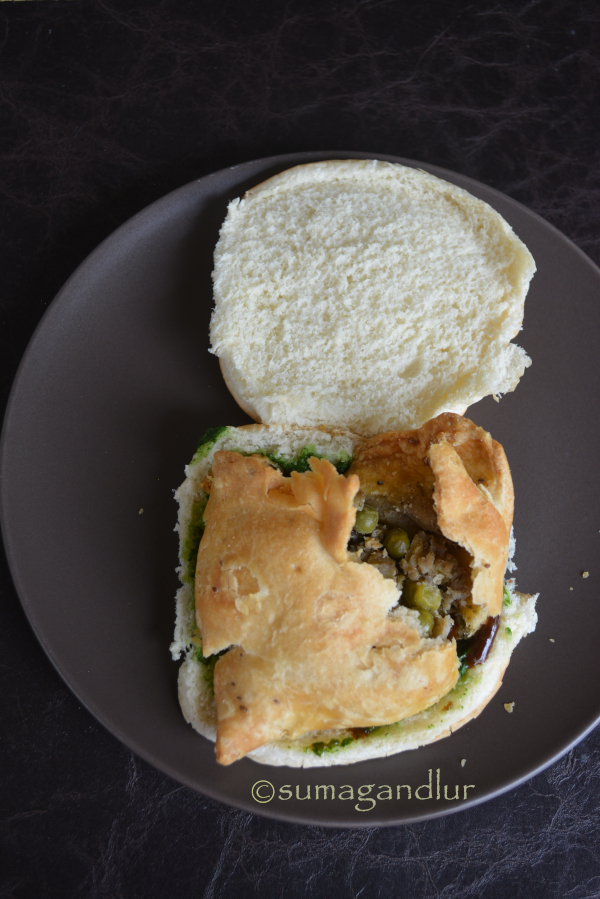Aloo Jhol / Aloo - Tamatar ki Jhol
The dish is quite simple and easy in terms of preparation and uses just the basic ingredients found in any Indian pantry. Garlic can be included in the preparation though it was not added in the version I had eaten before. Add a little amchur / dry mango powder if preferring the curry to be a little tangy. I cooked the curry in a kadai, a small Indian version wok but the final stage of cooking potatoes can be done in a pressure cooker too for a quick version. Or the potatoes can be boiled in a microwave while the onions and tomatoes are getting cooked and then added to hasten the preparation. The consistency of the curry was thinner in my sister in law's place but mine looks thicker as I mashed a few potato pieces since my husband prefers the curry that way.

Ingredients:
2 - 3 tsp. oil
1 tsp. cumin seeds
1/2 tsp. ginger paste / finely grated ginger
1 green chilli, chopped
1 big or 2 small onions, chopped fine (I had about 2/3 cup.)
1 tomato, finely chopped (About 1/2 cup)
Turmeric to taste
Salt to taste
2 big sized potatoes (2 heaped cups of cubed potatoes)
Chili powder to taste
1/2 tsp. coriander powder
1/2 tsp. garam masala
Cilantro to garnish
Directions:
* Heat oil in a pan and ad cumin seeds. When they start to brown add ginger and green chilli. Saute for few seconds and add onion. Cook until onion turns translucent and then add tomatoes. Cook until tomatoes turn mushy.
* Add turmeric, salt, chili powder, roasted coriander powder to the pan and mix well.
* Next add peeled and cubed potatoes and about 2 cups of water to the pan. Cook on medium flame until the potatoes turn soft. Add 1/4 cup more water if needed at the final stages of the cooking.
* Finally sprinkle garam masala and stir to combine. Taste and adjust the seasonigs if needed. Simmer for a couple of minutes more.
* Garnish with cilantro leaves and serve.
Comments














































